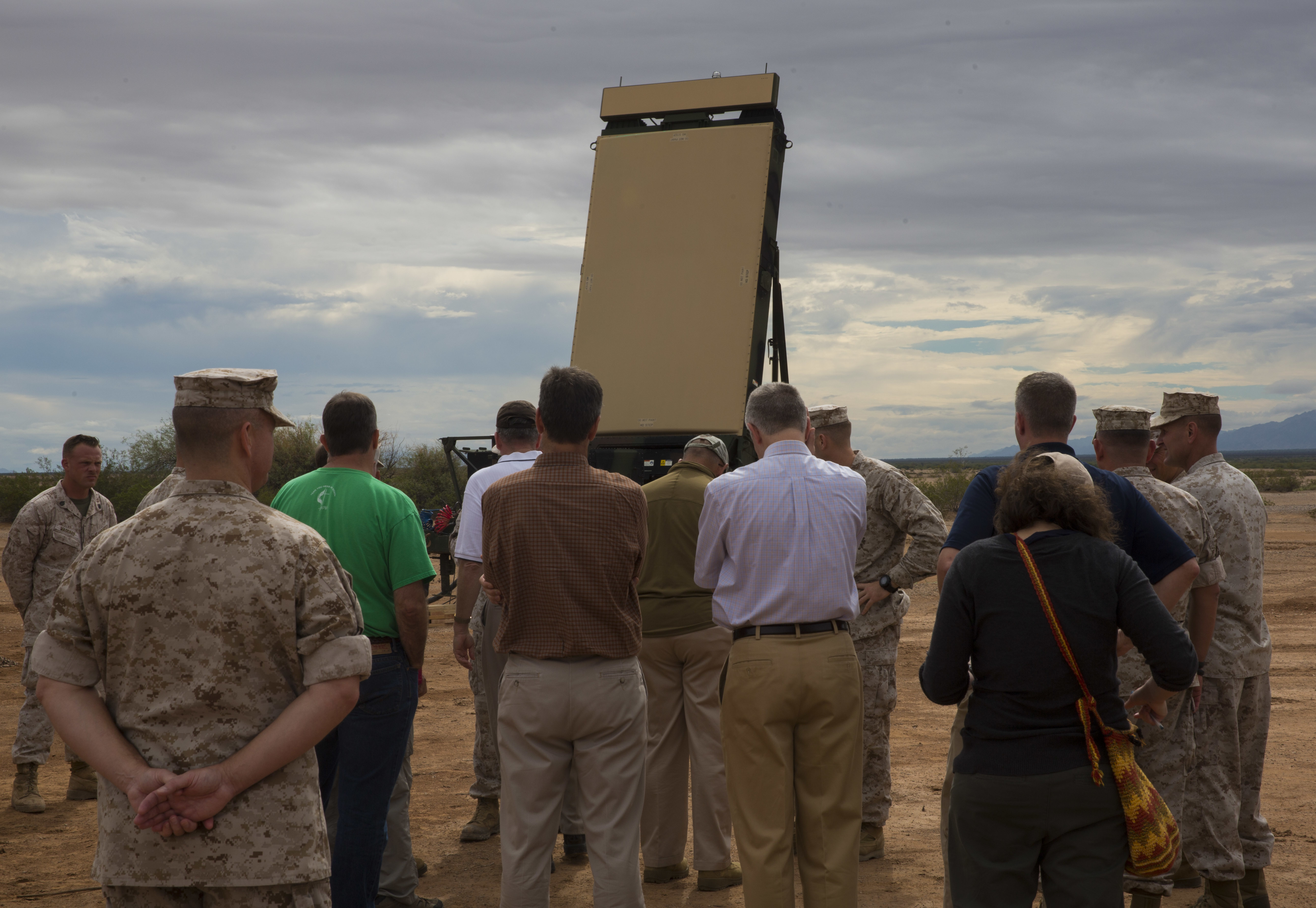
WASHINGTON, D.C. — The House Armed Services Committee recommends cutting $40 million from the Marine Corps’ budget for its AN/TPS-80 Ground/Air Task Oriented Radar (G/ATOR) program for what the committee calls programmatic delays, but the Marine Corps insists it is still on track despite a change in its testing program.
The Marines began the program using Gallium Arsenide (GaAs) gas for the radar’s semiconductor but switched to the more efficient Gallium Nitride (GaN) when the technology matured enough.
Up until fiscal year 2015, the Marines had planned to build the first low-rate initial production units with GaAs and put those radars through initial operational test and evaluation (IOT&E) “to prove out the production processes as well as operational suitability,” Marine Corps spokesman Manny Pacheco told USNI News.
“The program would then conduct a technology insertion replacing GaAs with GaN technology, providing a form/fit/function replacement within the G/ATOR. GaN technology has matured to the point that it provides significant performance, reliability, and cost benefits relative to GaAs.”
The director of operational test and evaluation (DOT&E) had concerns about testing the GaAs radars but fielding the GaN radars, so the FY 2015 budget request reflected a test plan that included GaN-based radars.
To accomplish that, the Marine Corps requested $130 million in FY 2016 to buy three radars. Cutting $40 million from that budget would take the Marines down to two radars from manufacturer Northrop Grumman. The company did not immediately return a request for comment.
“The procurement of the third GaN unit in FY 2016 is a risk-mitigating effort to ensure we meet the requirements of the test schedule,” Pacheco said.
“G/ATOR radars require two years to produce, and FY 2016 procurements would be delivered during FY 2018 to support testing in first quarter FY 2019.”
“As the budget process makes its way through the committees, we are hopeful that Congress will reconsider the need for a third system in FY 2016 to ensure an effective IOT&E and ultimate fielding of this much-needed capability for our Marines,” he added.





